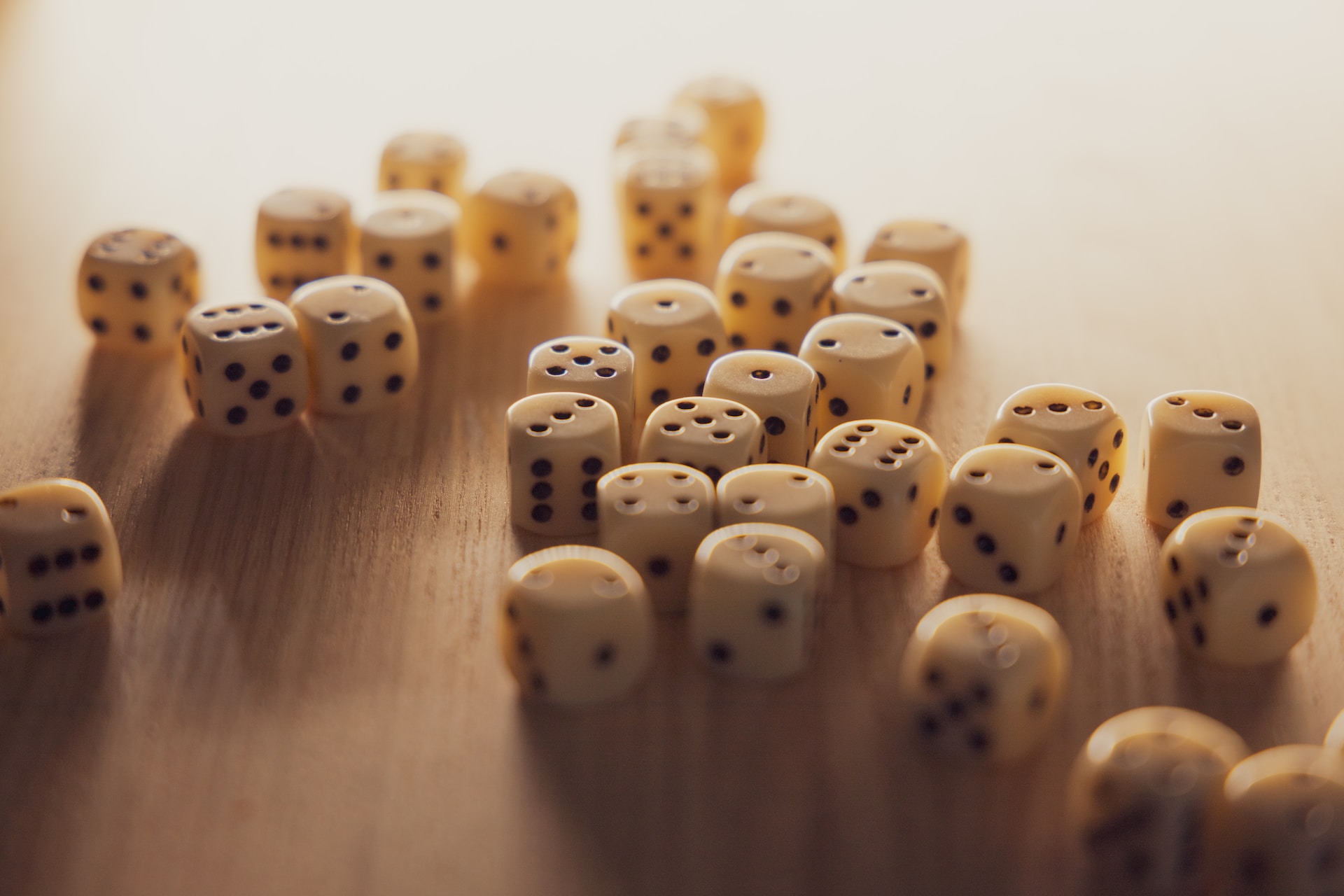I recently read a blog by Sahil Bloom and fell in love with ‘the four kinds of luck’ and the concept of increasing your luck surface area. It’s a very optimistic and freeing idea. But it also just makes rational sense, and there’s real beauty in the simplicity.
Not everything has to be measured. Not everything has to be a KPI. You can just do more good things, do it with good people, and your luck ought to improve according to the theory.
What are the four types of luck?
Dr James Austin, a neurologist, published ‘Chase, Chance & Creativity: The Lucky Art of Novelty’. According to Bloom, in the book, he defined four distinct types of luck:
- Blind Luck
- Luck from Motion
- Luck from Awareness
- Luck from Uniqueness
- Blind Luck
This is arguably the best kind of luck – luck that occurs accidentally. It takes precisely zero effort and can strike at the most unsuspecting of moments. Think of it as a random occurrence. A frequently used example is winning the lottery, but of course, you’ll need to have bought a ticket. So to us, Blind Luck is even more random – perhaps being given millions by an absolute stranger. - Luck from Motion
This is a scenario where a little action on your part has triggered a lucky moment. By creating motion, you are ‘stirring the pot’ and helping somewhat random ideas collide. An example here might be saying ‘yes’ to more than you usually would, or reaching out a little further to make new connections, resulting in a big contract or unexpected referral. - Luck from Awareness
Now we are in a scenario where your own knowledge, experience and expertise act as a kind of ‘luck sonar’. Whether you know it or not, you’ll be good at spotting a lucky opportunity in your sector, so Luck from Awareness is the result of you positioning yourself in a way that benefits your business and the businesses around you. An example here might be pivoting your business or strategy to encompass an emerging market or new technology and then landing some work in said area. - Luck from Uniqueness
People in this scenario are seen by others as ‘routinely lucky’. You’ve become so good at 2 and 3 that you now move into 4, an existence where your unique attributes make you one big luck magnet. This is more common for businesses or individuals that have put in the time (often years) to perfect their unique craft and strategy, so much so that their reputation alone is bringing in lead after lead.
Luck Razor
Over the subsequent decades, these concepts have been applied to business in many ways, but the approach that rang the most true with me was the ‘Luck Razor’ – a theory that helps you make a choice when you’re faced with two paths or two decisions.
“The Luck Razor is for choosing between two paths.
Choose the path that has the larger luck surface area.”
Or more simply, which is the most likely to lead to me or my business ‘getting lucky’? To be able to make this choice, we first need to understand the four types of luck in more detail.
For us, it’s about opportunity
Maybe luckortunity? Okay, that needs work. Let’s not make up words. But to summarise, we believe that Luck from Motion and Luck from Awareness (2 and 3) is something every business should be doing as much as they can. For us, that’s doing good things with good people, learning how to recognise good opportunities and being more strategic about your brand identity and business strategy. With 2 and 3, comes 4, and 4 looks like a pretty cool place to be.
Don’t get too wrapped up in measurables
Many sectors are driven by numbers and deliverables, ours in particular. But don’t let it rule everything you do. We believe that simply ‘doing good’ is enough and doesn’t necessarily need to be measurable. Of course, the goal is to get some kind of return, but that could be something as small as making one connection off the back of putting out four or five case studies. Applying a ‘worth’ to every marketing activity you do sounds wise, but is it?
“We want one lead per case study within the first week of it being published.” Why? Where did you pluck that number from? What’s the logic? Show me your workings! The luck theory and the idea of surface area takes the pressure off a little and focuses on incremental ‘doing’ actions, that over time, should compound and result in more ‘getting’.
Remember, every little thing you do when it comes to your business, your brand and your marketing is increasing your luck surface area. And sometimes, the old phrases ring true. ‘What goes around comes around’ can quickly become a business mantra – if you put enough ‘good’ into your work, people, clients or community, some ‘good’ will eventually come back.
The concept of ‘surface area’
By improving incrementally, which is the most natural way to progress through these four stages, you will find yourself at a place where you have to think about your uniqueness.
- What makes you different?
- Why would someone pick you out from the crowd?
- What can you deliver that makes your clients shout about you to others?
Whilst a business should never plateau, reaching stage 4 and really nailing your USP is the holy grail, and it’s something we’ve been thinking about a lot lately.
If you’d like to explore more about the four stages of luck, check out Dr James Austin’s book, and if you’d like to chat about it with something, I’m all ears!
We were inspired by Sahil Bloom’s podcast, ‘The Curiosity Chronicle’, which breaks the subject down really nicely.





